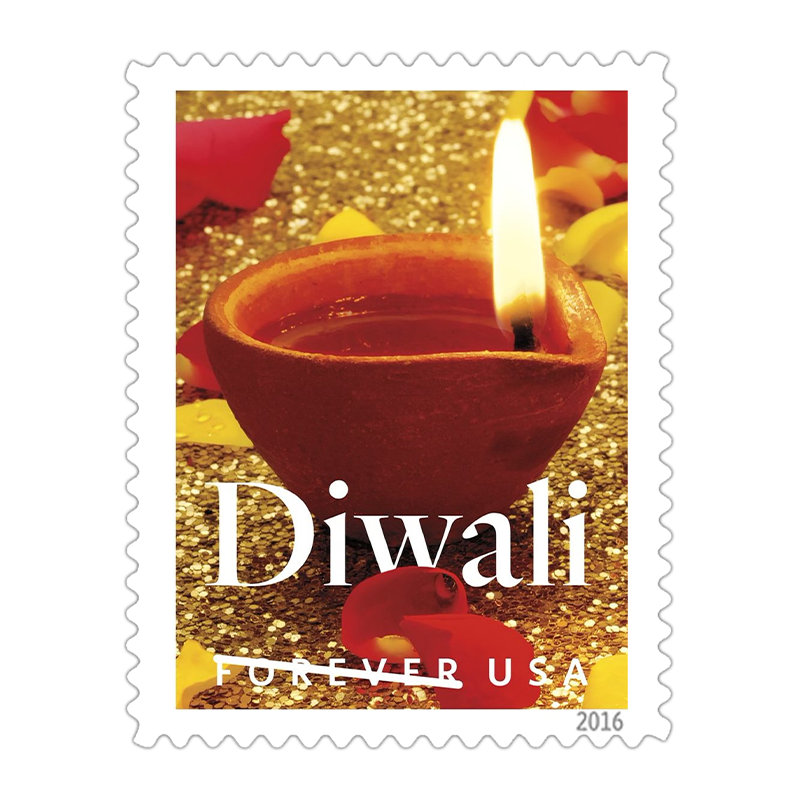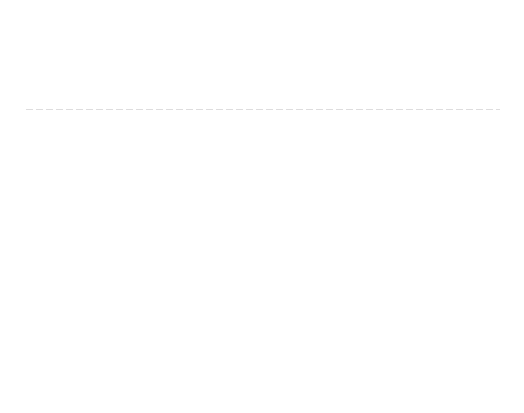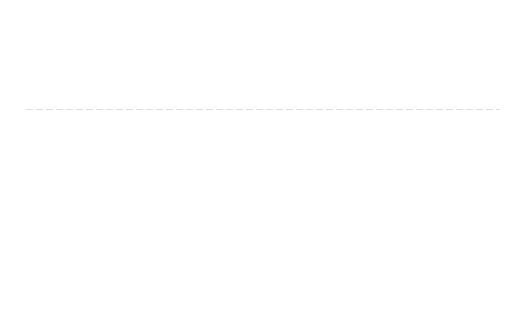Free Shipping on All Orders

2016 USPS Festival Of Diwali Forever Stamps 100Pcs/Pack

SHIPPING & RETURN
Free shipping on all orders

MONEY GAURNTEE
30 days money back guarantee

100% PAYMENT SECURE
The most secure way to pay

SUPPORT 24/7
We support online 24/7 on day

🛍️
O***e
purchased【MYSTERY-BOX GET 2】



Enter your email to get Prime Day huge discount!
Please enter the correct email address.



Not bad, better than nothing.
$5 coupon, Order Deductions
CODE :
Period of validity: 3 Days

